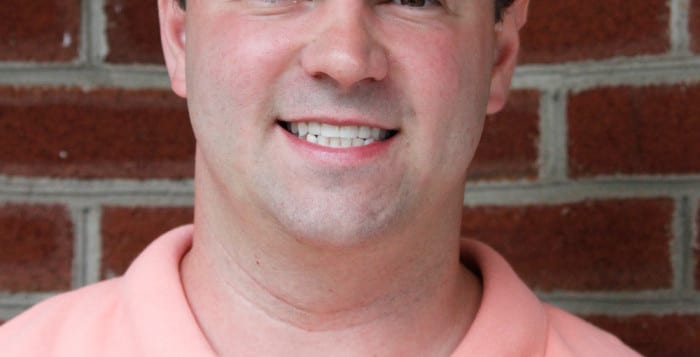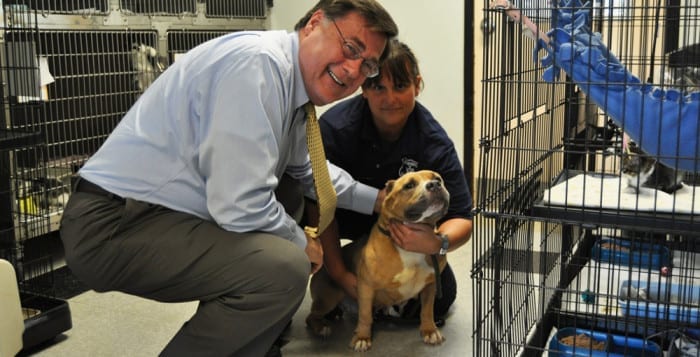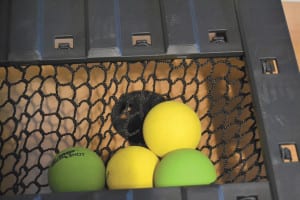Missing child found
A 4-year-old boy went missing at West Beach in Port Jefferson on the night of June 16, and wandered more than a mile away from his parents.
According to Port Jefferson Village code enforcement officer Lt. John Borrero, the boy’s mother reported him missing around 7:30 p.m.
Both Port Jefferson and Belle Terre village constables responded to the incident, as did the Suffolk County Police Department.
Borrero said there were three police boats and a helicopter searching for the child before a woman found him around 9 p.m. near the Port Jefferson ferry terminal.
Body slam
A 29-year-old Port Jefferson man was arrested on June 13 and charged with harassment after he hit a police car with his body while on Woodhull Avenue in Port Jefferson Station.
Sunny disposition
A South Columbia Street resident in Port Jefferson Station reported on June 14 that an iPod touch and sunglasses had been stolen from their 2004 Jeep.
Fight club
A group of individuals started a fight while on Thames Street in Port Jefferson Station on June 12. There have been no arrests.
Pop some tags
An unknown person broke into the John T. Mather Memorial Hospital thrift shop in Port Jefferson and stole cash from the cash register at some point between 3 p.m. on June 9 and 6:50 a.m. on June 10.
Fore!
A complainant reported being punched in the head during a physical dispute at approximately 6 p.m. on June 14 while at the Willow Creek Golf & Country Club in Mount Sinai.
Sinner
A television and camera mount were stolen from the Mount Sinai Congregational United Church of Christ at some point between June 10 and June 13.
Watching you
An unknown person broke into a vacant home on Westbury Drive in Sound Beach between June 8 at 2 p.m. and June 9 at 9:30 a.m., and stole a surveillance system and cable modems.
A pro
A 2005 Acura was stolen from a North Washington Avenue home in Centereach between 12:30 and 8:30 a.m. on June 13. A GoPro camera was inside the vehicle.
Money mania
A 46-year-old Ronkonkoma man was arrested and charged with third-degree robbery after he took money from a man while at a 7-Eleven in Centereach.
Broken and robbed
A complainant reported that their 2008 Mercedes broke down on Middle Country Road on June 14, and upon returning to the vehicle they discovered the trunk was open and numerous items had been stolen, including a laptop, iPad, iPod, printer and credit cards.
Household goods
A Loma Place residence in Huntington was robbed of furniture and appliances on June 12.
Online shopping?
An unknown person took a MacBook Pro and assorted clothing from a 2015 Audi parked on Pond Path in South Setauket on June 13.
Sharp objects
A 30-year-old Centereach man was arrested for petit larceny on June 11 after he stole a knife from a Walmart.

























